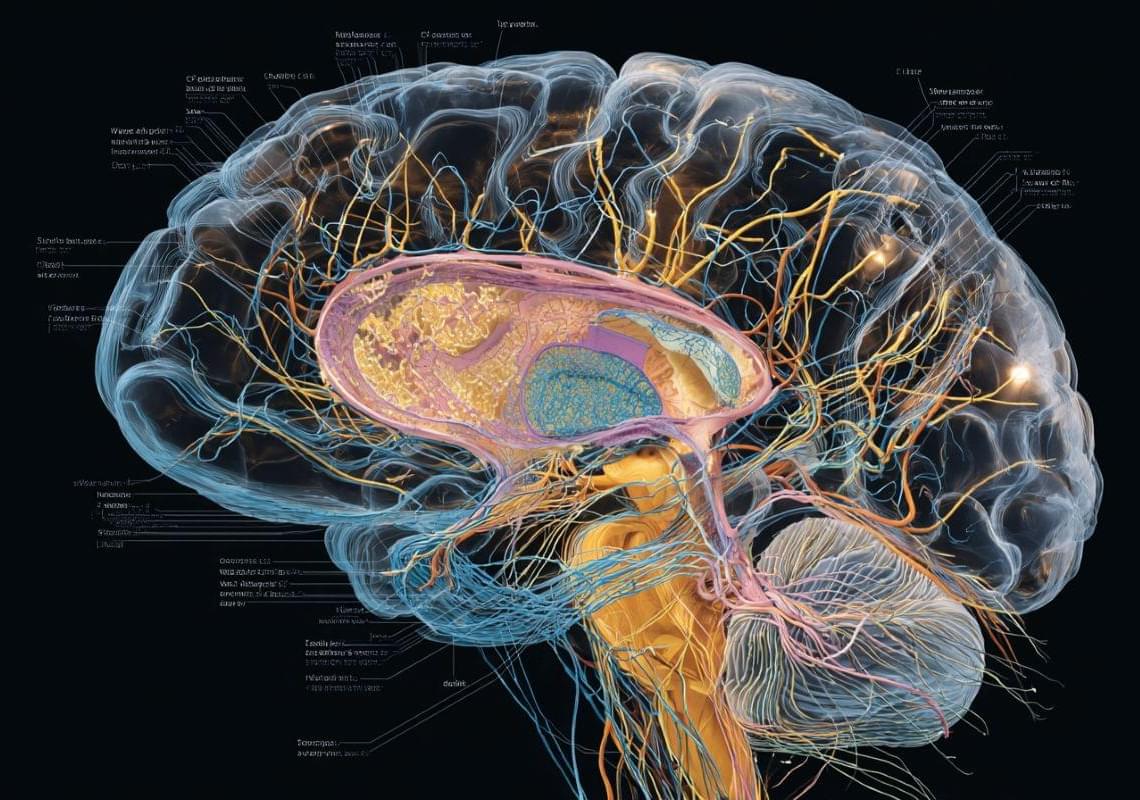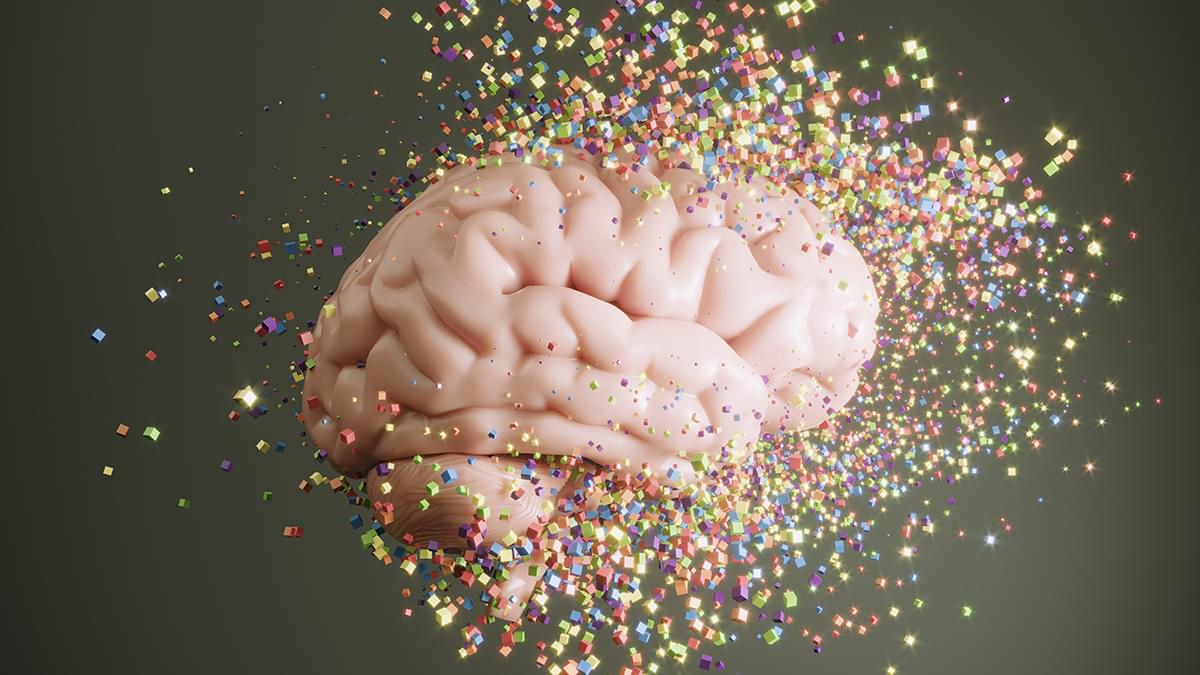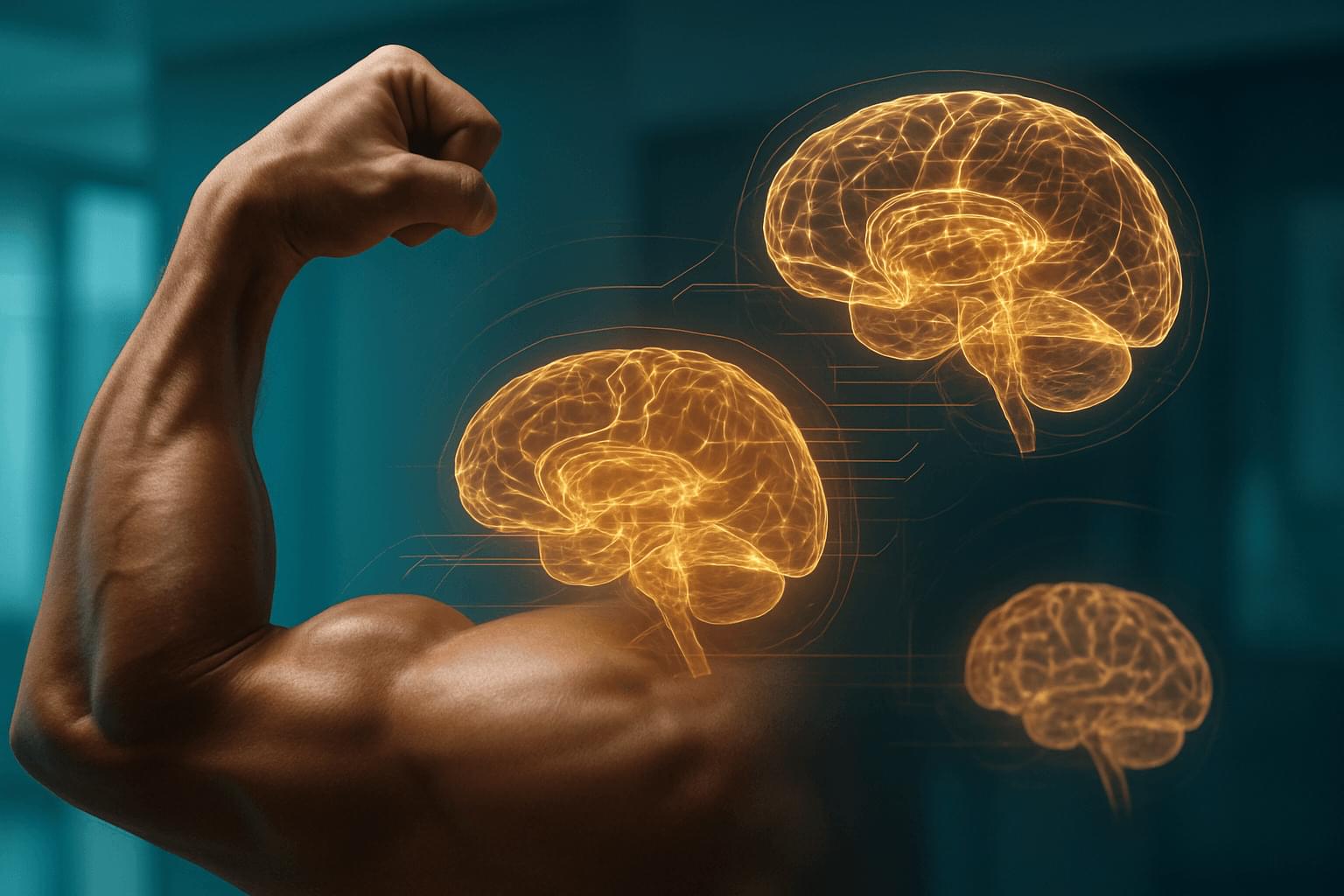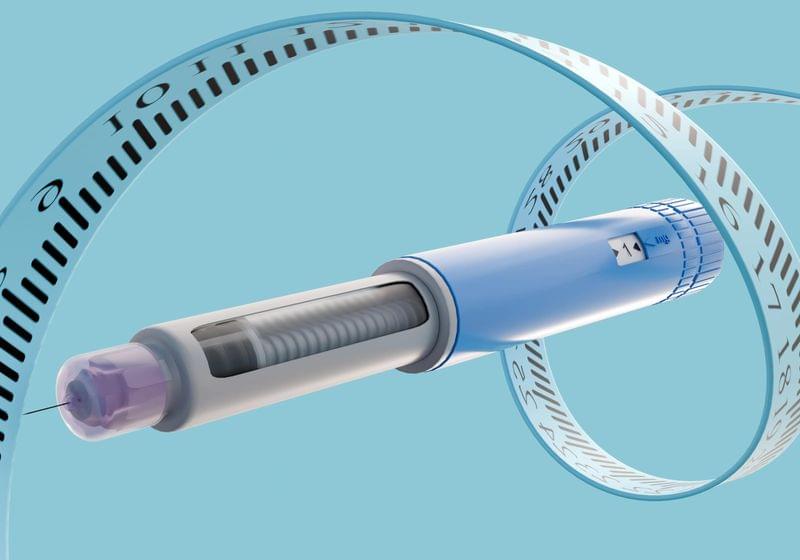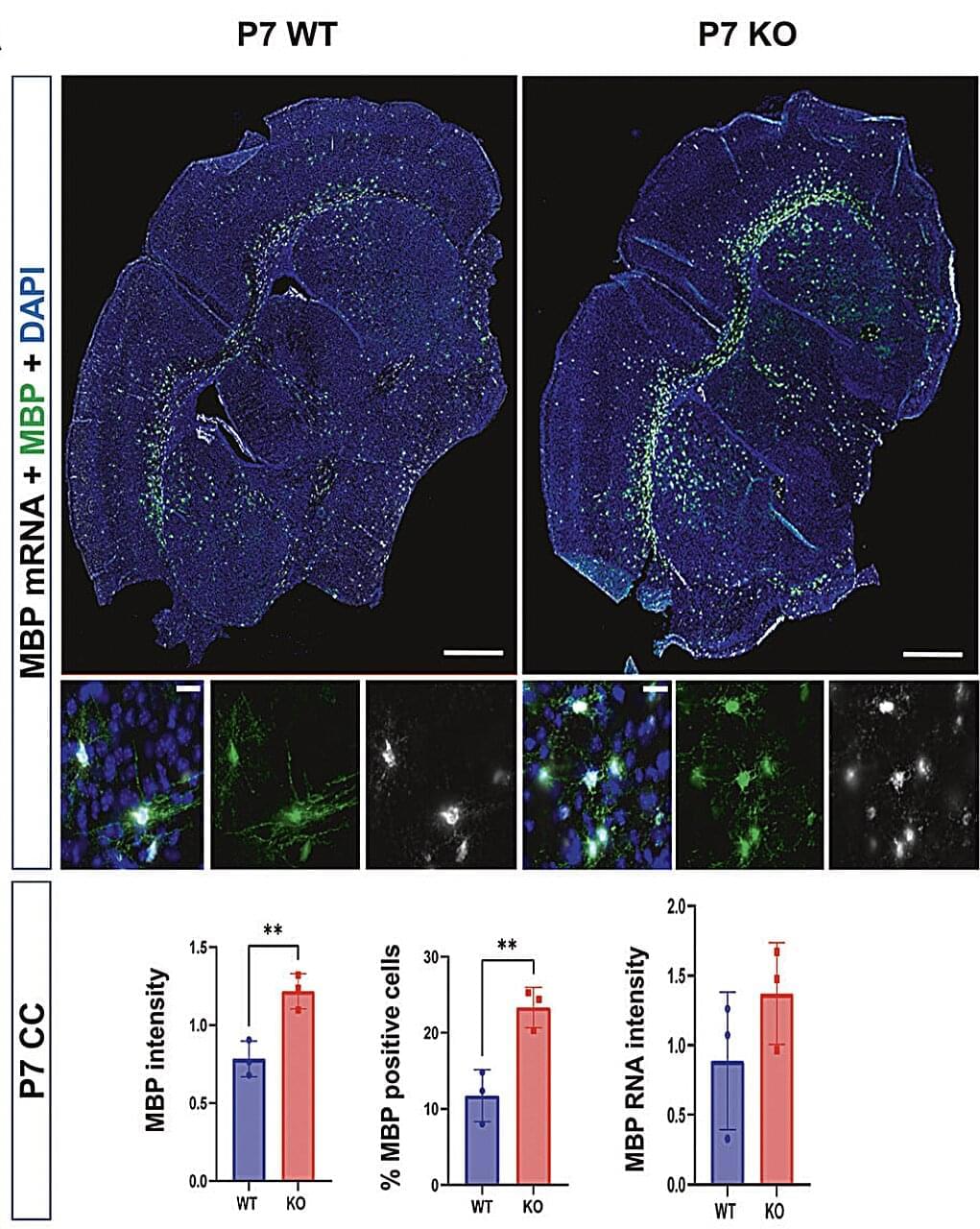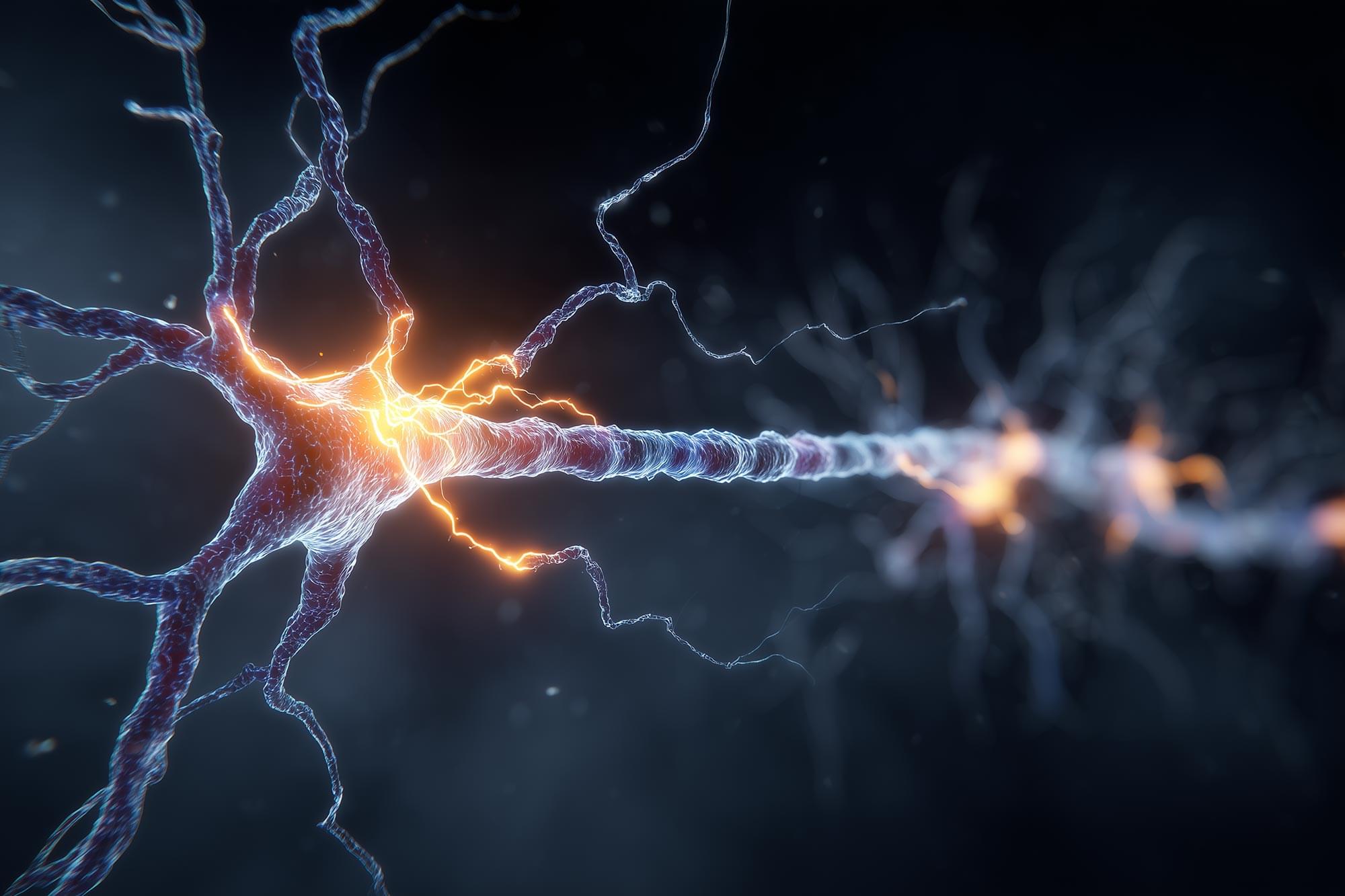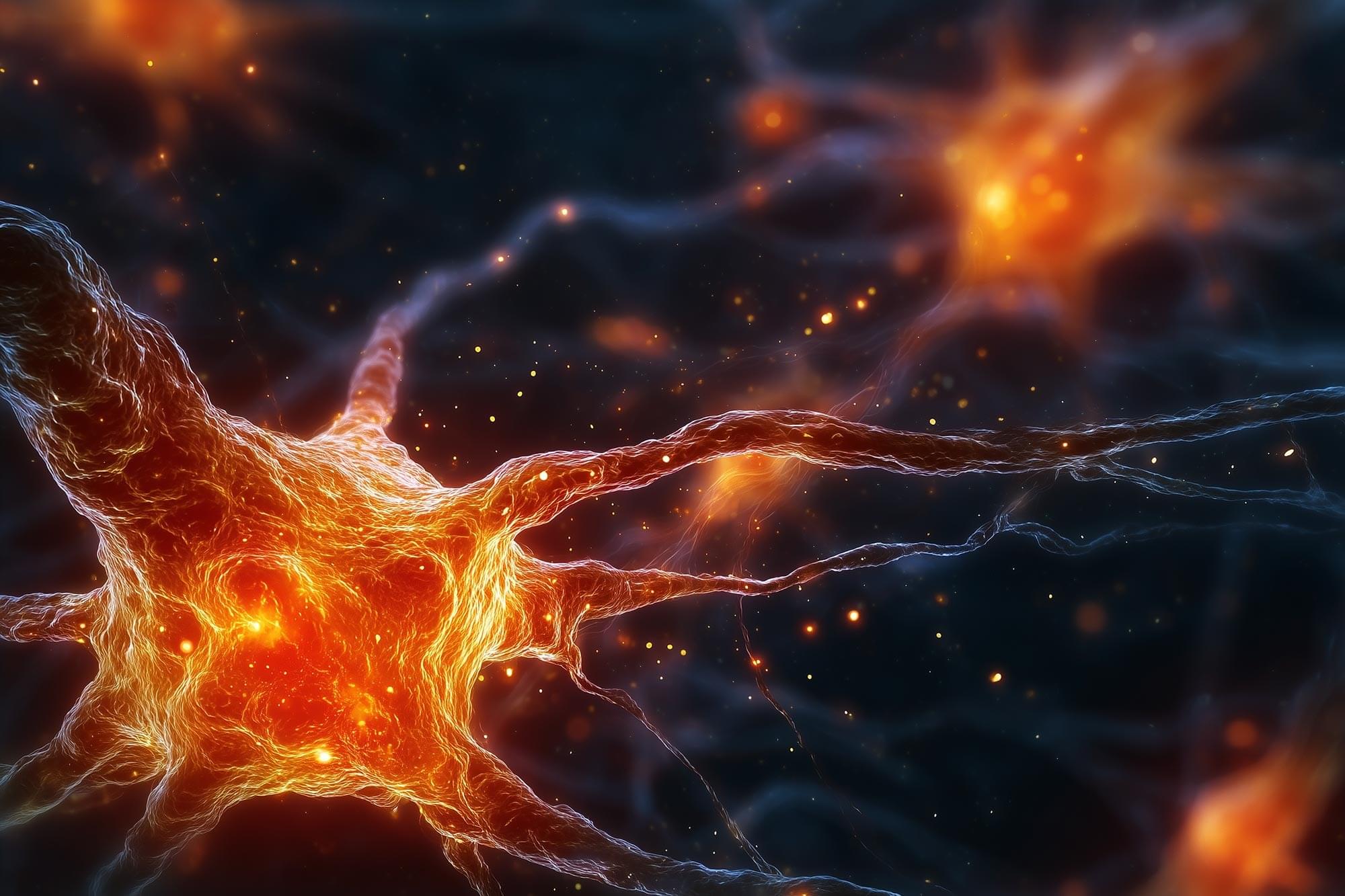Researchers have suspected for some time that the link between our gut and brain plays a role in the onset of Parkinson’s disease.
A recent study identified gut microbes likely to be involved and linked them with decreased riboflavin (vitamin B2) and biotin (vitamin B7), suggesting an unexpectedly simple treatment that may help: B vitamins.
“Supplementation therapy targeting riboflavin and biotin holds promise as a potential therapeutic avenue for alleviating Parkinson’s symptoms and slowing disease progression,” said medical researcher Hiroshi Nishiwaki from Nagoya University in Japan, when the paper was published in May 2024.

